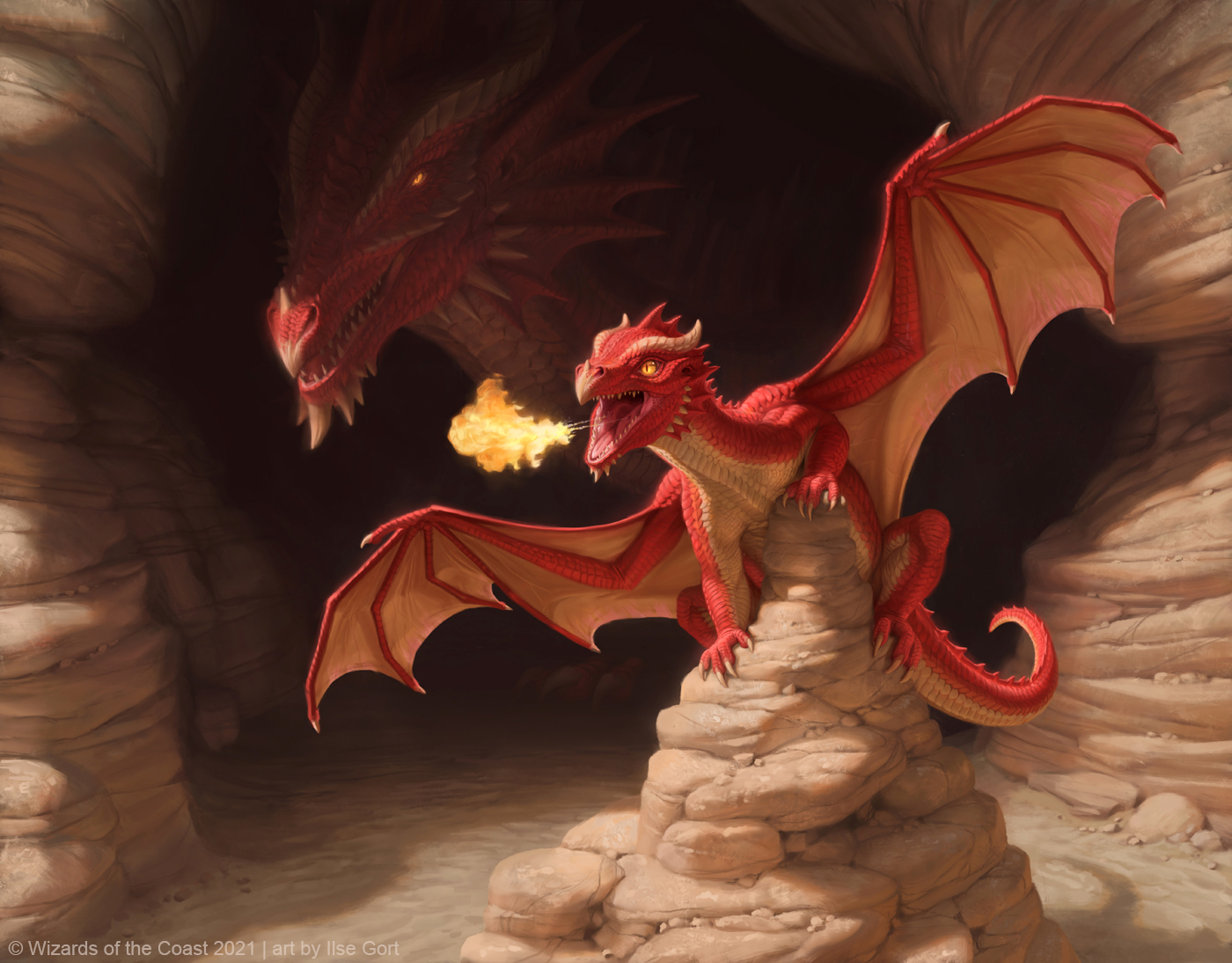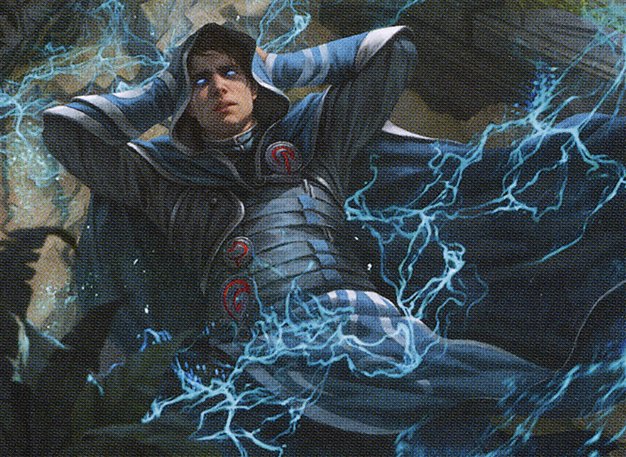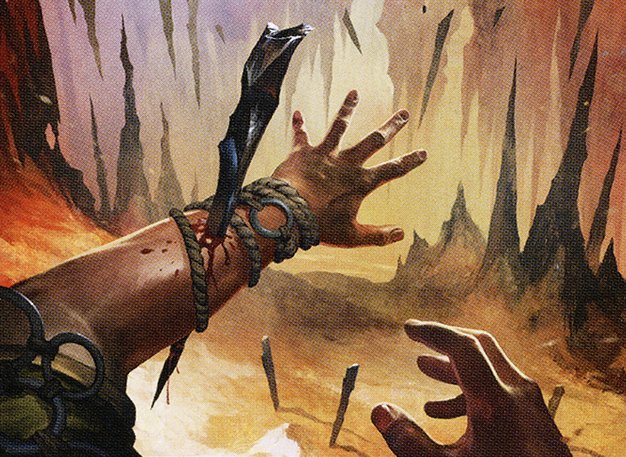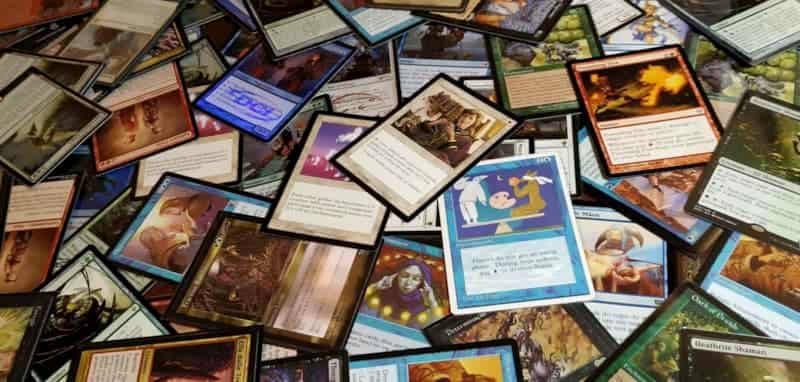Overview
In the past week or so, there’s been five Alchemy tournaments hosted, with a reasonably diverse set of decks. It seems like the format is still evolving somewhat, but there are some decks which stand out over the others. I’ll be covering popular decks that seem to make top-8 relatively often, or less played decks that tend to break into the top-8 out of stiff competition.
Many of these decks play cards that I talked about in a previous article:
With our new DotGG Magic: The Gathering tournament series coming up next month (and a Championship Qualifier up for grabs!) and Alchemy fully entrenched into the MTG Arena ecosystem, this is a good time to dive deep into the metagame! Not only that, support will be coming for Alchemy in Arena Opens, Mythic Qualifiers, and even bigger tournaments from Wizards of the Coast in the future.
rate
Decks
Black-Based Sacrifice

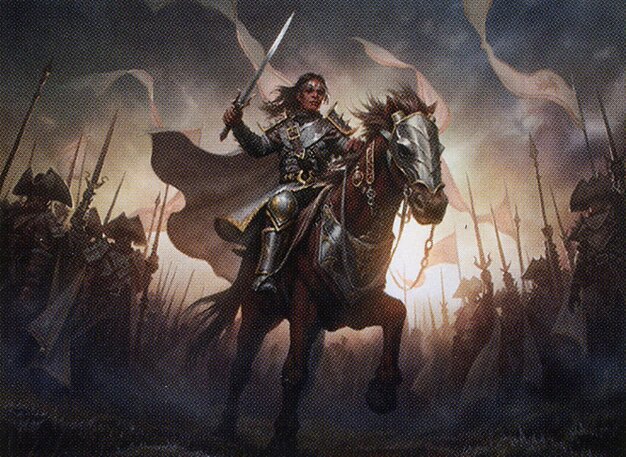





There are various flavours of the black sacrifice decks, but the core of the deck is well rooted in black. The core of the deck is made up of Sanguine Brushstroke, The Meathook Massacre, sac outlets (Deadly Dispute, Fell Stinger and Skullport Merchant), Voldaren Bloodcaster and plenty of sac fodder (Shambling Ghast, Eyetwitch, Cursebound Witch and Pest Summoning).
The deck’s plan is to sacrifice creatures for massive value and slowly drain the opponent to death. The Blood Artist from Sanguine Brushstroke and The Meathook Massacre drain/ping the opponent when a creature dies, while Voldaren Bloodcaster produces blood tokens. These sacrificing these tokens with Sanguine Brushstroke on the field further drains the opponent, whittling down their life point by point.




60 cards
Sideboard
15 cards

The variations on the deck all follow the same plan as above, but reach into another colour for additional cards. Golgari sac gets access to Dina, Soul Steeper, which further pings the opponent while being a sac outlet, and Mortality Spear which is almost always 2 mana, and destroys any problematic permanent. This version hasn’t seen any top 8 finishes, but I personally think that’s due to the lists looking somewhat unoptimized rather than the Golgari version being massively worse than the others.



Another variation that has made top 8 is a Rakdos Sac deck, which leans a little more into the blood side of the deck. Playing Voldaren Epicure and Bloodtithe Harvester which generate blood (along with Bloodtithe Harvester acting as removal). Unlike the Golgari version, it leans much harder into red, also playing Orcus, Prince of Undeath and Stensia Uprising. Stensia Uprising helps generate fodder, and can finish and opponent off, while Orcus, Prince of Undeath can sweep the board, taking out your own creatures en masse, or bring back a bunch of creature from the graveyard.
Red-Based Dragons






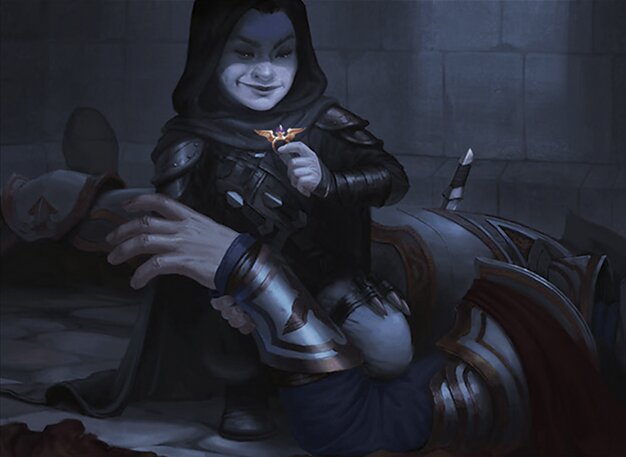
Another deck that has a variety of flavours are the Dragon decks. The core of the deck revolves around Fearsome Whelp, Town-razer Tyrant and A-Goldspan Dragon. The deck also tends to play a variety of other dragons (often including Moonveil Regent and Inferno of the Star Mounts), Orb of Dragonkind as acceleration and card draw, and some early removal (with Dragon's Fire being the card of choice).
The plan of the deck is to stem aggression early with cheap removal, play out either Fearsome Whelp or Orb of Dragonkind, and then play large dragons ahead of curve. Fearsome Whelp is absolutely the lynchpin of the deck, as with it you can curve a 2-drop into a 4-drop into a 6-drop, which is a beating. I’d call the deck midrange, but it really leans to the aggressive side of that.




60 cards
Sideboard
15 cards







One variation on the deck is Boros Dragons. This deck runs the same core as the Mono-Red version, but plays Adult Gold Dragon to help stabilise better, and Valorous Stance as protection/removal. Some other versions also play other dragons like Nadaar, Selfless Paladin or a one-of Velomachus Lorehold. Some versions even play Divine Purge, which while doesn’t hit many of the dragons, does put more of a strain on the manabase.





Another variation on the deck is Rakdos Dragons, which brings to mind the Jund Midrange decks from MID. The deck plays Kalain, Reclusive Painter (which plays particularly well with A-Goldspan Dragon) and Immersturm Predator, which happens to be a dragon. As well, the deck adds Infernal Grasp to its repertoire, which is an incredibly efficient removal spell that hits small or big things.
Azorius Control







Azorius Control doesn’t quite have the same clean subdivisions as the previous decks, but there is huge variety between the builds that have been played in the tournaments. Some of the standout alchemy cards in the deck are Divine Purge, Discover the Formula and occasionally Geistchanneler or Unexpected Conversion. Other common cards are Doomskar and card name=”Divide by Zero”], alongside Lier, Disciple of the Drowned and occasionally Hullbreaker Horror.
One distinct sub-archetype I can see in the Azorius Control decks however is the combination of Teferi, Who Slows the Sunset and Key to the Archive, which operate incredibly well together. Key to the Archive gives the deck access to a variety of powerful spells from the Mystical Archive cards, which otherwise don’t exist in the format. As well, untapping it with Teferi, Who Slows the Sunset does a fairly decent impression of Teferi, Hero of Dominaria.
Between all of the decks however, the plan is the same: Disable your opponent’s threats, and outvalue them, working towards your finisher. In most cases this is either Hullbreaker Horror or animating Hall of Storm Giants.







60 cards
Sideboard
15 cards
Mono-Green Aggro







This Mono-Green deck is similar to it’s standard counterpart. It plays Ranger Class, Blizzard Brawl, Werewolf Pack Leader, Sculptor of Winter and Old-Growth Troll. Notably, since the alchemy format has A-Esika's Chariot, and not Esika's Chariot, the card is nowhere to be found in the lists.
Some of the new alchemy cards that see play in the lists are Tenacious Pup (which is a 4-of in just about all of the decks), Lupine Harbingers and, recently, Garruk, Wrath of the WIlds. Tenacious Pup is honestly one of the best cards in the deck, making any of the already big green threats much, much scarier. Similarly, Lupine Harbingers, while a bigger mana investment, can end the game out of nowhere. An unchecked Garruk, Wrath of the WIlds can also end the game incredibly quickly, ultimating on it’s 3rd turn on the battlefield, with an ability which makes your creatures nigh impossible to block.





60 cards
Sideboard
15 cards
Esper Clerics







This deck has had a few variations of it, but none seem to hold up anywhere near as well as the Esper version. Being a cleric deck, almost all of the cards in the deck are clerics, and the deck takes advantage of this by playing Pyre of Heroes. As well, the deck plays a high density of creatures for Inquisitor Captain. Alongside it are powerful cards like Orah, Skyclave Hierophant, Elite Spellbinder, and Righteous Valkyrie. With Righteous Valkyrie, the deck also plays into the lifegain aspect with cards like Lunarch Veteran, Voice of the Blessed and Cleric of Life's Bond.
What makes the Esper version so much better than the other version is the combination of Glasspool Mimic and Inquisitor Captain. Being able to add multiple bodies onto the field with one card, and having all of the lifegain triggers that come along with it, is incredibly strong in the deck. It can often take a Voice of the Blessed from a 2/2 to a 6/6, or bringing you to 27 life so that Righteous Valkyrie enables a devastating attack.
Another impressive, if fringe, combo is Orah, Skyclave Hierophant and Sigardian Evangel. Since you always end up discarding a copy of Sigardian Evangel, late in the game you can sac a 3 or 4 mana cleric to Pyre of Heroes, and get back a Sigardian Evangel from the graveyard and play out the copies and tap thing down. Then, another copy goes to the graveyard, so the process can repeat the next turn.





60 cards
Sideboard
15 cards
Final Notes
All of the above decks are powerful, and rely on some amount of the digital-only Alchemy cards. Considering many of the new cards are on the pushed side, I don’t know how much success you can have if you stick simply to the standard card pool when trying to make a deck. With that said though, the better the card is the more likely it will be to be rebalanced, so be careful how you spend your wildcards.
As for which deck to build, while the data is fairly limited, right now my suggestion would be the Mono-Red Dragons deck. It’s packed with highly powerful cards, and can have explosive starts when Fearsome Whelp isn’t dealt with immediately. As well, while A-Goldspan Dragon is weaker (since it doesn’t make a treasure when targeted anymore), it still is an incredibly aggressive threat which provides a huge mana boost – great for the expensive dragons that are played. As well, it has access to good removal, especially where Dragon's Fire is almost always going to deal 4 damage, and can easily deal more. While not the most intricate deck, I think it has enough interaction to keep other decks from running it over, and is aggressive enough to kill first, or go under control.




60 cards
Sideboard
15 cards
My second pick would be the Black-Based Sacrifice decks. While different builds drift between Mono-Black, Rakdos, Golgari, and possibly Orzhov, the core cards needed for the deck carry between them. I also think the deck can adjust better to the meta than something like the Dragons decks can by changing (or removing) the splash colour. Being able to go from a more aggressive build with Bloodtithe Harvester and Stensia Uprising, to a more controlling build with Dina, Soul Steeper and Mortality Spear is something I think that will keep the deck as a force in the meta.




60 cards
Sideboard
